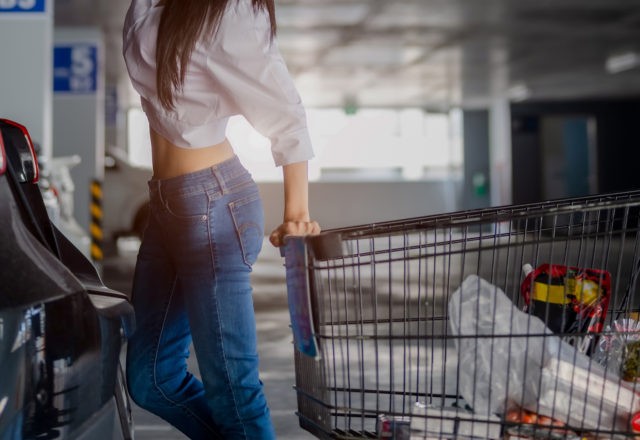U.S. retail spending grew at a slower pace in August and growth earlier in the summer was revised down.
The Commerce Department said retail sales grew 0.6 percent in August, the fourth consecutive monthly increase. Economists had forecast one percent growth.
July’s gain was revised down to 0.9 percent from the initial reading of 1.2 percent.
Auto sales were flat from the prior month but up 4.1 percent from the prior year. There have been anecdotal reports that some dealers have seen a shortage of new vehicles due to the shutdowns of auto factories this spring. Used car prices jumped by the most in decades over the summer. In July auto sales slumped 0.9 percent but were still 6.9 percent above the year earlier level.
Sales at home furniture stores rose 2.1 percent and are up 3.8 percent from a year ago. Sales at electronics stores climbed 0.8 percent from the year prior but remain below last year’s level.
Grocery store sales fell 1.6 percent in August. Compared with a year ago, sales were up nine percent.
Clothing store sales rose 2.9 percent but remain more than 20 percent below last year’s level, likely reflecting a much slower season for back-to-school sales.
Sporting goods and books store sales dropped 5.7 percent. Compared with a year ago, sales are up 11.1 percent.
Sales at department stores dropped 2.3 percent and are down 16.9 percent below last year’s level.
Restaurant and bar sales were up 4.7 percent for the month but are 15.4 percent below last year’s level. That year-0ver-year comparison is an improvement from July, when sales were down nearly 20 percent.
Online sales were flat in August. Compared with a year ago, sales were up 22.4 percent.
The end of the $600 a week enhancement to unemployment benefits in August may have held back sales. As well, some of the additional savings accumulated by the income boost from the $1,200 pandemic impact payments may have been exhausted.
Perhaps even more important, households may be in less of a rush to pick up items after months of social distancing and remote working. There are only so many exercise bikes and tablets that any given household can use.
Retail spending has bounced back from the disruption created by the pandemic and lockdowns, rising above prepandemic levels in July. That also could make future growth harder to come by.
Many of the biggest retailers began imposing mask requirements in August, which may also have discouraged some consumers.

COMMENTS
Please let us know if you're having issues with commenting.